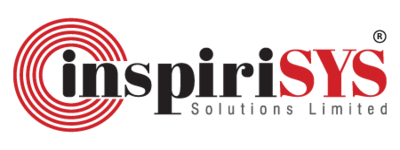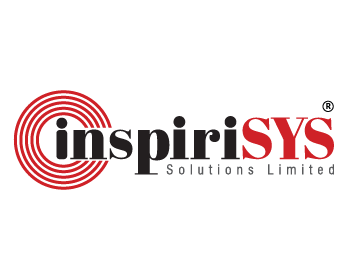What is Operating System?
An Operating System (OS) is system software that manages computer hardware, and software resources, while providing essential services for applications. It acts as an intermediary between the user and the hardware, ensuring smooth operation and effective user interaction. Every computing device depends on an operating system to function properly.
Key Takeaways
- The operating system is the foundation of every computing device, managing hardware, software, and user interactions to keep systems reliable and responsive.
- Core OS functions like process, memory, file, and device management work together to coordinate tasks, allocate resources, and maintain system performance.
- Choosing an operating system depends on cost, usability, compatibility, and security, making it important to evaluate both technical needs and user preferences before adoption.
Objectives of Operating System
An operating system defines how a computer functions and responds to user actions. It manages background operations to maintain performance, reliability, and security. The primary objectives include:
1. Efficient Resource Utilization
The OS optimizes the use of system resources such as CPU, memory, and storage, ensuring fair allocation among tasks and users.
2. Convenient User Interface
It provides an intuitive interface that enables users to operate the computer easily without needing in-depth hardware knowledge.
3. Multiprogramming and Multitasking
The OS allows multiple programs to run simultaneously, improving system throughout and allowing users to perform several tasks at once.
4. System Security and Integrity
It protects data and processes from unauthorized access through authentication, access control, and encryption mechanisms.
5. Error Detection and Handling
The OS continuously monitors system activities, identifies faults, logs issues, and applies recovery measures to maintain stability and performance.
Functions of the Operating System
The operating system carries out several critical functions that keep computing environments stable, and secure. These include:
1. Process Management
The OS handles the creation, scheduling, and termination of processes. It allocates CPU time to each process, sets priorities, and manages communication between active programs to prevent conflicts and maintain orderly execution.
2. Memory Management
The OS tracks how memory is used, assigns memory to programs as needed, and frees it once a task is complete. This function helps avoid memory wastage, supports multitasking, and keeps performance steady.
3. File System Management
The OS controls how data is stored, named, and accessed. It manages file creation, reading, editing, and deletion while protecting data from corruption or unauthorized changes.
4. Device Management
Through device drivers, the OS converts software instructions into hardware-level actions. It manages input and output devices, monitors their activity, and coordinates their interaction with applications for dependable operation.
How to Choose the Operating System?
Choosing an operating system depends on the user’s needs, system requirements, and intended use. Evaluating the following factors can help make an informed choice:
1. Cost
Operating systems vary in licensing and maintenance costs. Some may be free to use, while others require a paid license or subscription. It’s important to consider both initial and long-term expenses before finalizing a choice.
2. Usability
Each operating system offers a different user experience. Interface design, accessibility features, and ease of navigation determine how comfortable it is for daily use. The right OS should match the user’s level of technical expertise and preferred workflow.
3. Compatibility
The OS must support the hardware components and applications required for work or personal use. Compatibility with third-party software, devices, and peripherals ensures that all tools function properly.
4. Security
Security features such as authentication, encryption, and regular updates are vital aspects of any operating system. Evaluating how the OS handles vulnerabilities and system protection helps maintain data safety and stability.
By reviewing these aspects users can select an operating system that aligns with their goals and computing environment.
Popular Operating System
Across personal computing, mobile devices, and enterprise servers, operating systems form the foundation of modern technology. These are a few of the most popular in use today.
- Windows - Widely used for personal and business computing across desktops and laptops.
- macOS - Apple’s operating system known for its design consistency and integration with Apple hardware.
- Linux - An open-source OS valued for flexibility, security, and extensive community support.
- Android - A mobile operating system designed for smartphones and tablets, supporting a vast app ecosystem.
- iOS - The mobile OS used in Apple devices, recognized for its stability and user-focused interface.
- Chrome OS - A lightweight operating system built around web-based applications and cloud storage.
- Unix - A multiuser, multitasking OS that influenced many modern systems, including Linux and macOS.
Key Terms
Process Management
The method an OS uses to create, schedule, and control active programs (processes).
Memory Management
The system by which an OS allocates and tracks computer memory for running applications.
File System
The structured method an OS uses to store, organize, and retrieve data on storage devices.

